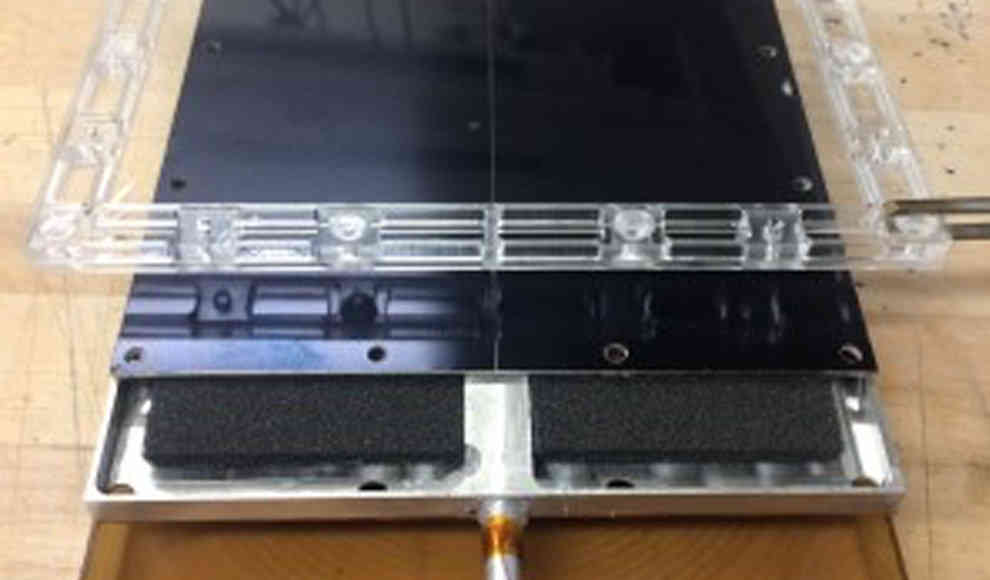Researchers at the Massachusetts Institute of Technology (MIT) have developed a new prototype for solar desalination that offers improved water efficiency and additional uses. Traditional desalination plants have several drawbacks, including the accumulation of salt deposits that reduce their efficiency over time. The MIT team has solved this problem by creating a multi-layered solar evaporator that allows seawater to evaporate without coming into direct contact with the sun-absorbing materials. The researchers have also added a special emitter that emits infrared radiation at higher temperatures, which is absorbed by the circulating saltwater. The resulting steam is then condensed into salt-free drinking water.
The new solar desalination prototype has several advantages over traditional desalination plants. By avoiding direct contact with sun-absorbing materials, the accumulation of salt deposits is prevented, and higher evaporation temperatures can be achieved. The MIT team estimates that the efficiency of their prototype is around 25%, which means that a one-square-meter module can produce approximately 2.5 liters of drinking water per day with a solar radiation of six kilowatt-hours. The high steam temperatures can also be used for cooking, washing, or sterilizing medical instruments.
The researchers have tested their prototype in the laboratory under artificial sunlight and on the roof of the institute under real sunlight. In both cases, the dark absorber layer quickly heated up to over 100 degrees Celsius, causing the seawater to evaporate as expected, and the resulting steam reached a temperature of 133 degrees Celsius. The MIT team plans to further increase the efficiency of their solar desalination plant after completing the basic experiments. According to Thomas A. Cooper, the lead researcher, “With the new contactless design, we avoid the problem of disturbing salt deposits on the absorber material.” The new prototype offers a promising solution to the growing global water scarcity problem.







